Last week, meteorologists started realizing that Hurricane Sandy was going to be an unusually powerful hybrid storm, the likes of which the East Coast had never seen. The media was on it, stat, and we had FrankenStorm. Millions of people, one fifth of the entire nation’s population, lived in the storm’s path; all eyes turned to the incoming disaster. As it drew near, perhaps the first photo of the storm to go viral was the one pictured above.And it was fake. This was and continues to be a devastating storm that has tragically claimed dozens of lives, swamped entire cities, and wreaked untold havoc on private property and infrastructure. It is doing real damage, destroying real lives, and yet we eagerly share the fake. Why? Because it was so perfectly foreboding, and a part of all of us craves the apocalyptic.Even as we are terrified of the worst—I didn’t leave my wind-battered apartment for some 30 hours—we are compelled by it. Admit it. There is high drama in the world going to shit around us, it feeds us adrenaline, it offers some strange strain of catharsis. Lorenzo DiTommaso, a professor of religion at Concordia University, calls the “apocalyptic worldview” a “very persistent and potent way of understanding the world.” It has dominated religious thought for millennia, it has informed our culture. It has deeply ingrained within us a vivid imagination of the end times. When the outside world starts synching up to that vision, we can’t look away.Our great faiths focus on end days and second comings. We’re fixated on Detroit ruin porn. We’re drawn to the dystopian fiction, which has surged in popularity over the last half-century. Maybe, just removed from disaster, we become the protagonists of stories like those when we process these hurricane images; those that inspire the most awe, after all, are those that are most uniquely devastating. Those pics we see on Facebook and Instagram tell the story of the world crumbling around us, while we live on. Here are some of them. Here’s Apocalypse Sandy.The storm itself seems to wrap itself around the globe.Here’s New York City’s Battery Tunnel, before the flooding.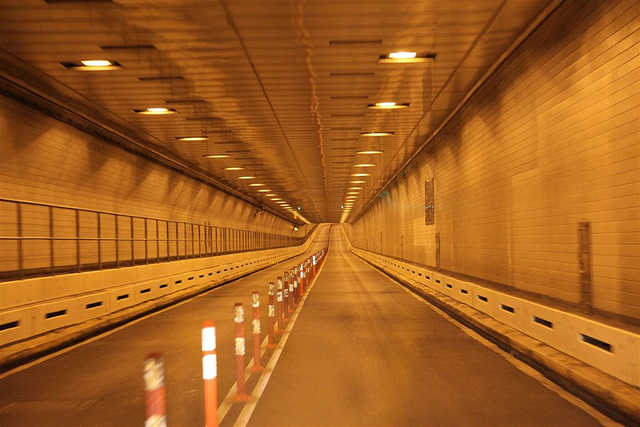 The apocalypse leaves our most-full places empty. This is Brooklyn underwater; post-industrial apocalyptic:
The apocalypse leaves our most-full places empty. This is Brooklyn underwater; post-industrial apocalyptic: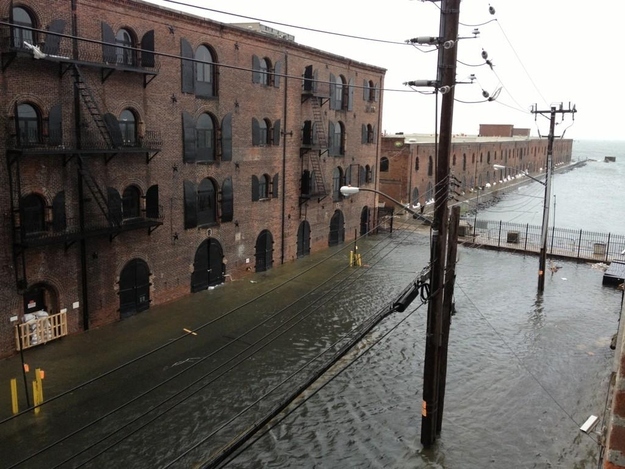 When we flee the flood, it looks like this.
When we flee the flood, it looks like this.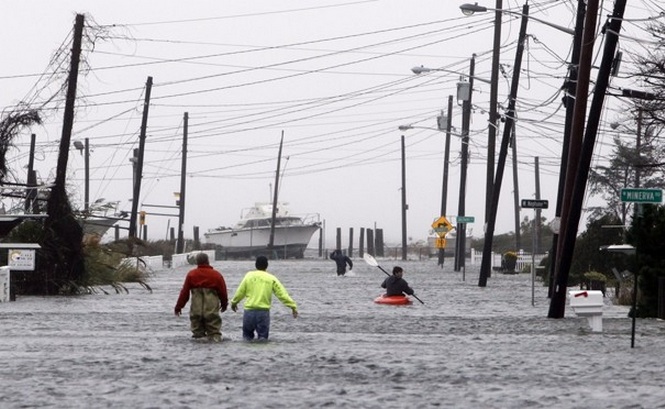 In the end, our cars and machinery are useless.
In the end, our cars and machinery are useless.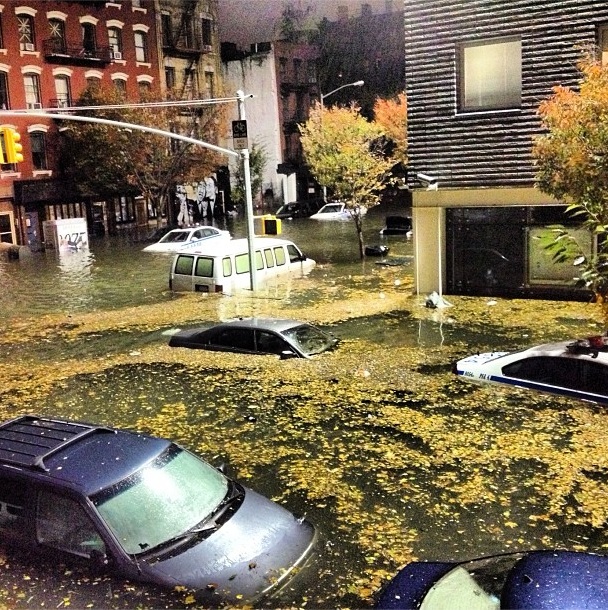 They’re just overtaken by nature.
They’re just overtaken by nature.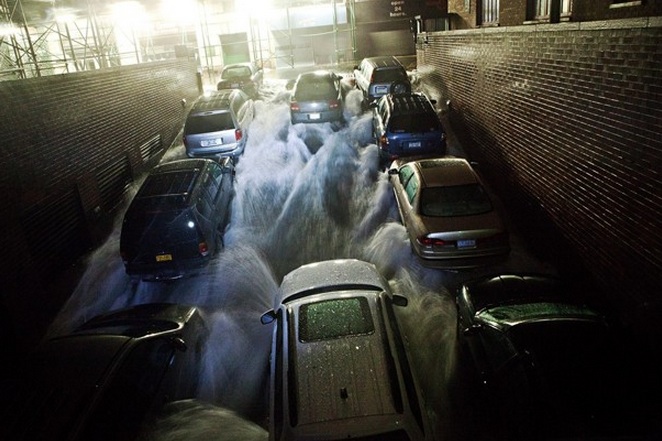 East village underwaterAs are our homes [this one is unverified]
East village underwaterAs are our homes [this one is unverified]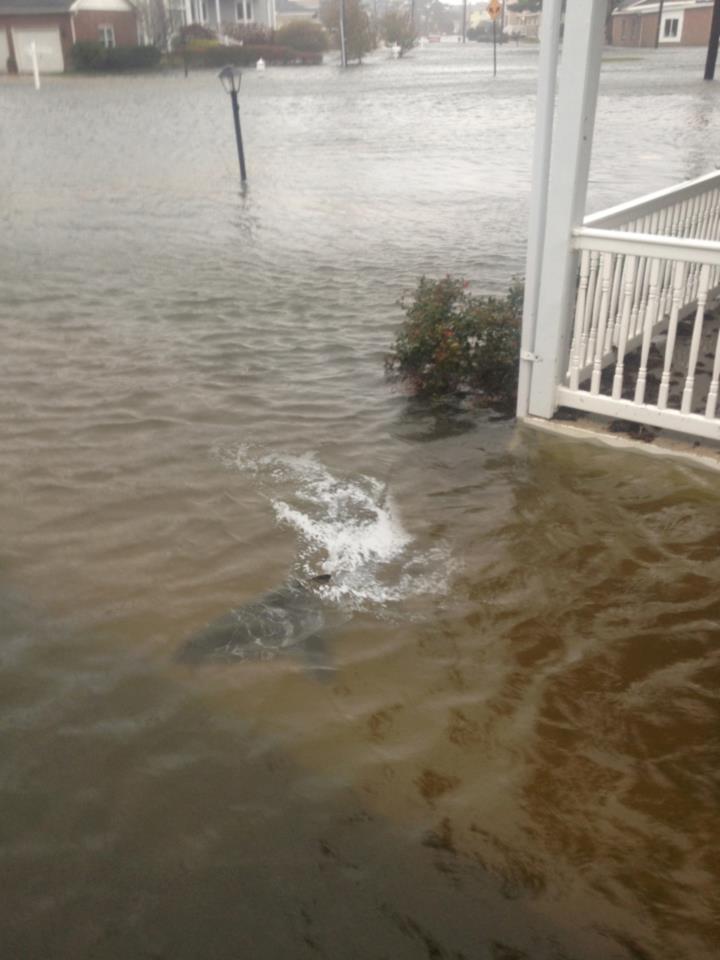 In An Inconvenient Truth, scientists foretell of an apocalyptic future, one where the World Trade site might flood. It looked a lot like this; these are the same flood levels.
In An Inconvenient Truth, scientists foretell of an apocalyptic future, one where the World Trade site might flood. It looked a lot like this; these are the same flood levels.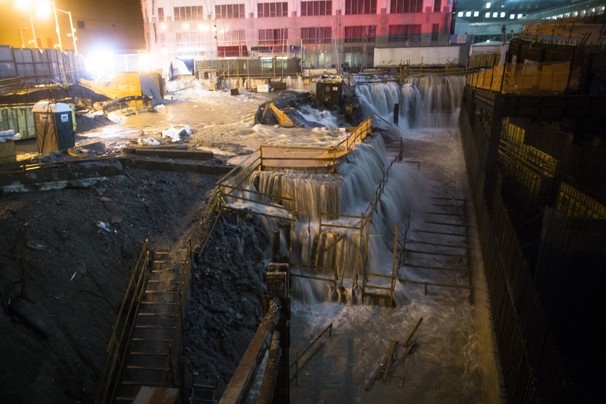 There are dramatic, abandoned-looking cityscapes,
There are dramatic, abandoned-looking cityscapes,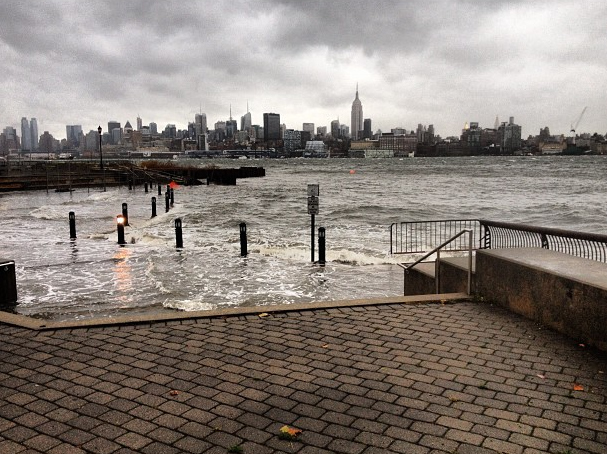 and flooded small towns.
and flooded small towns.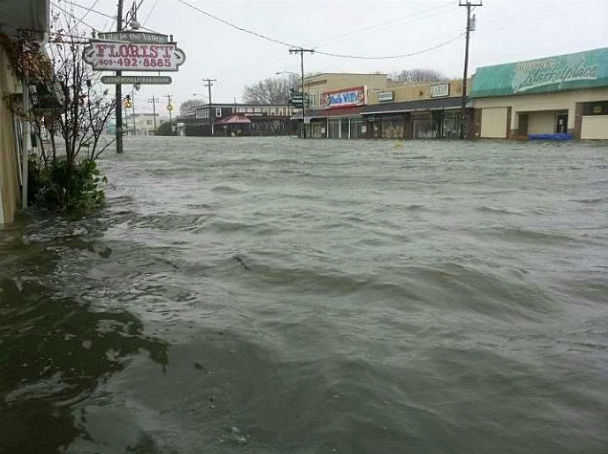 The apocalypse leaves ruins in its wake,
The apocalypse leaves ruins in its wake,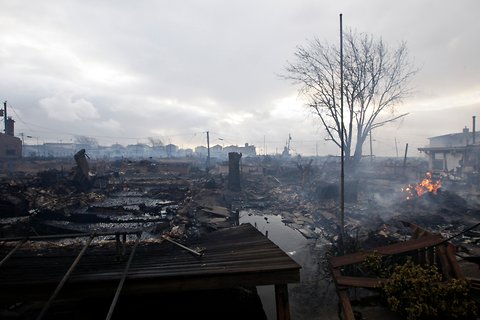 and our persevering idols standing among them.
and our persevering idols standing among them.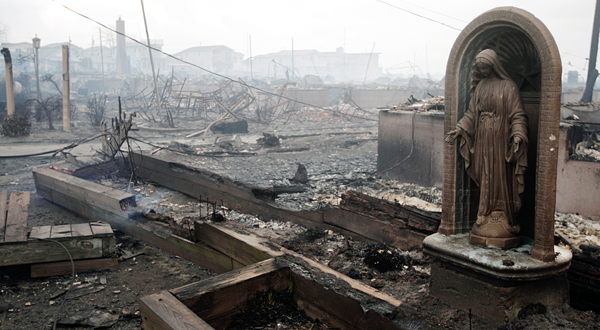 We just watch as
We just watch as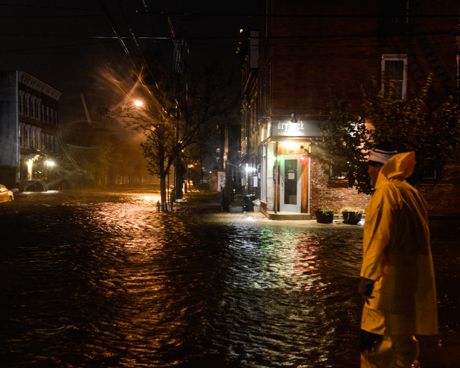 buildings come down,
buildings come down,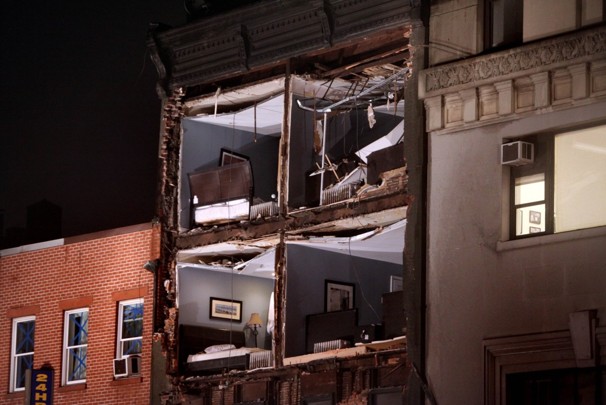 transformers explode,
transformers explode,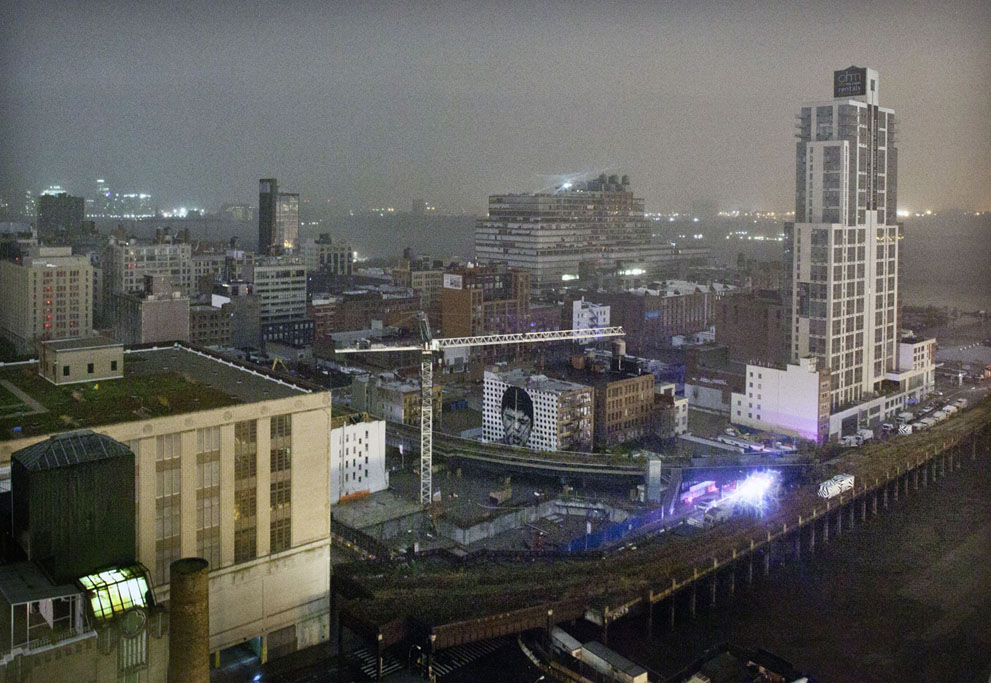 and we’re left in the dark.
and we’re left in the dark.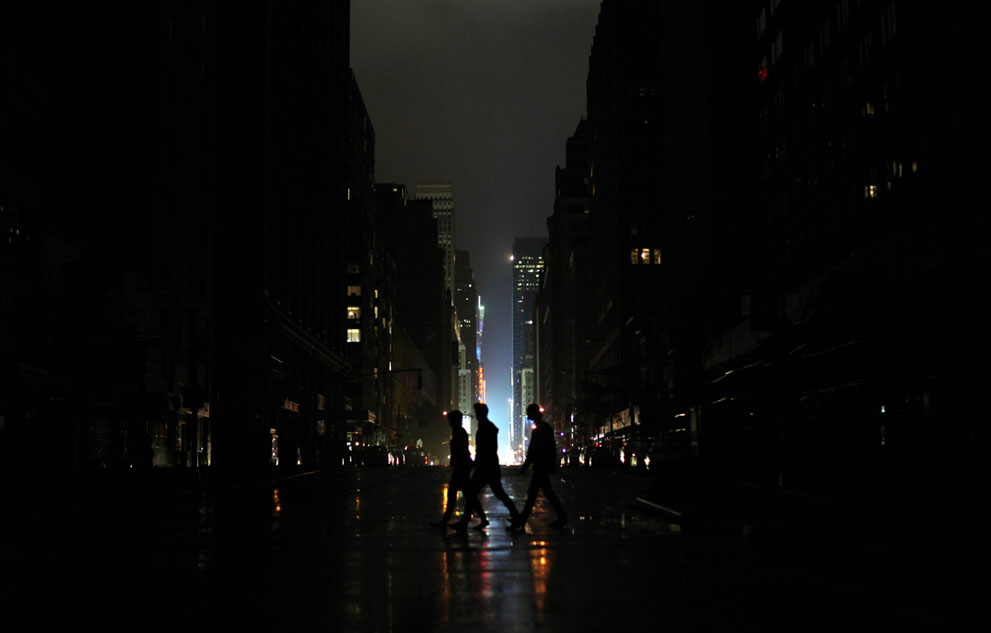 Of course, there are moments of haunting beauty in every apocalyptic vision.
Of course, there are moments of haunting beauty in every apocalyptic vision.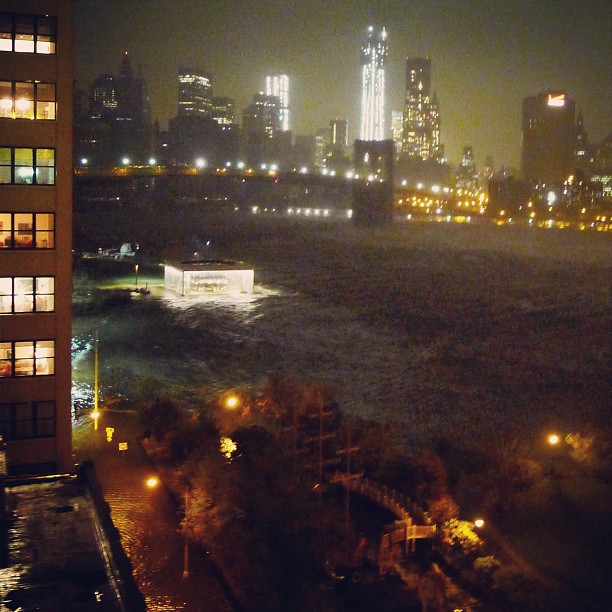 Like a carousel still lit as the water rises up around it.
Like a carousel still lit as the water rises up around it.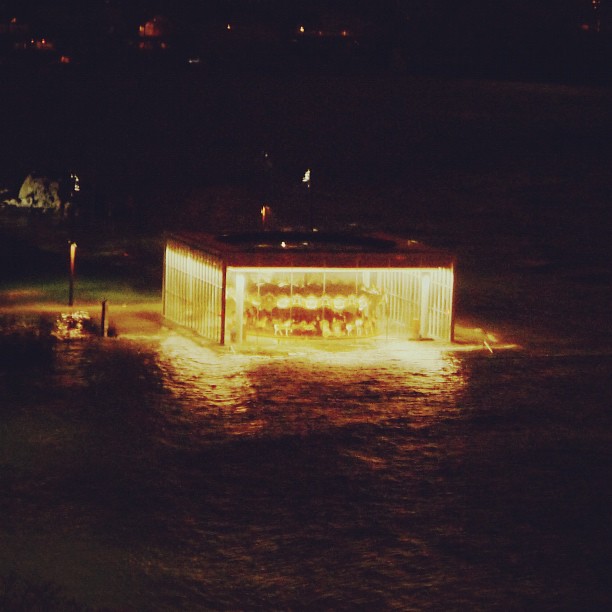 I think we imagine that we’re the survivors—maybe even the heroes—in an ambiguously apocalyptic narrative when we’re clicking around online, sorting through images while the storm is coming for us. At least until our own power goes out, and a more hardline survivalist instinct kicks in. Until then, it all seems huge, ominous, and enveloping. Like a violent, epic story we’re smack dab in the middle of. We become part of the apocalypse story: we will endure, and we will help rebuild. We are resilient, though our cities, houses, and cars may not be.
I think we imagine that we’re the survivors—maybe even the heroes—in an ambiguously apocalyptic narrative when we’re clicking around online, sorting through images while the storm is coming for us. At least until our own power goes out, and a more hardline survivalist instinct kicks in. Until then, it all seems huge, ominous, and enveloping. Like a violent, epic story we’re smack dab in the middle of. We become part of the apocalypse story: we will endure, and we will help rebuild. We are resilient, though our cities, houses, and cars may not be.
Advertisement
Advertisement
















